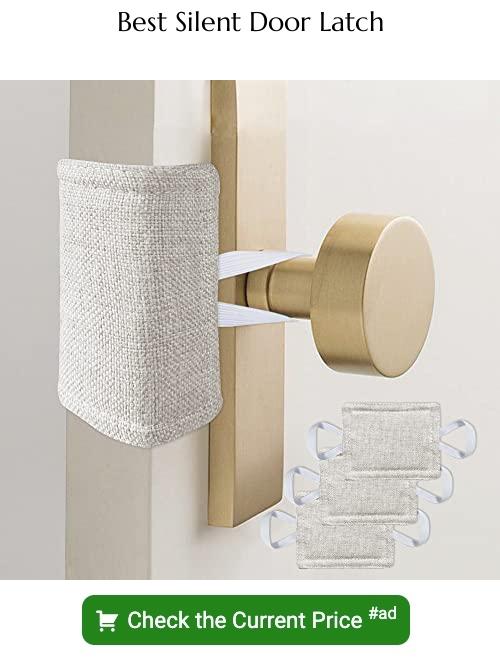Last updated on
Because of their constant use, door knobs can become noisy, but learning how to make them quieter can restore peace and tranquility to your home.
Door knobs making too much noise can be a real nuisance, especially when you’re trying to maintain a peaceful environment at home. The good news is, there are several simple solutions to quieten those noisy door knobs.
This article will guide you through easy steps, from using lubricants to dampen the sound, to replacing parts or even the entire knob. You’ll also discover how to prevent future noise issues with your door knobs.
So, whether you’re handy with tools or a total novice, you’ll find practical, effective methods to silence those bothersome door knobs once and for all.
Key takeaways:
- Inspect the door knob and associated elements for noise sources.
- Disassemble the door knob for a thorough examination and check for worn-out parts.
- Apply lubricant to the door knob and the bolt mechanism for smooth operation.
- Clean each part of the door knob and apply lubricant individually.
- Investigate screws, hinges, and metal plates related to the door knob for noise issues.
Table of Contents
Inspect the Door Knob and Associated Elements
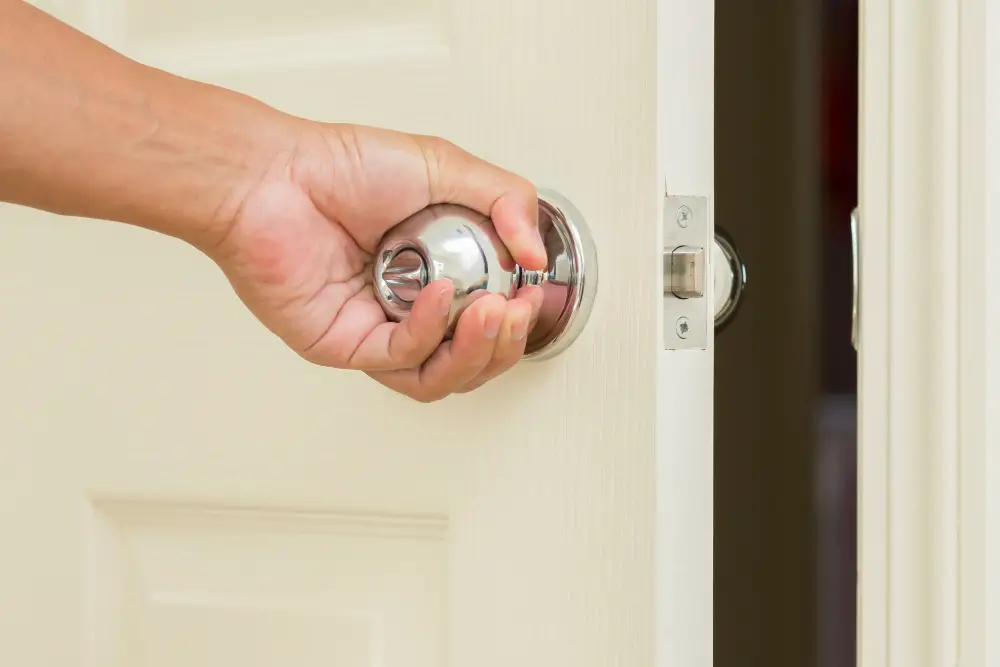
Before proceeding with any adjustments, it’s crucial to conduct a detailed examination. Start with the knob itself, turning it to feel any friction or noises that may originate from here.
Take into account other parts like the latch bolt, and the strike plate as they could also contribute to the noise.
During wind or when the door is being repeatedly open and closed, listen closely to pinpoint any rattles or vibrations.
Accurate diagnosis is key, and it lays the groundwork for successful noise mitigation.
Remember, always ensure the door is properly closed and secure during your tests for accurate results.
Disassemble the Door Knob for a Thorough Examination
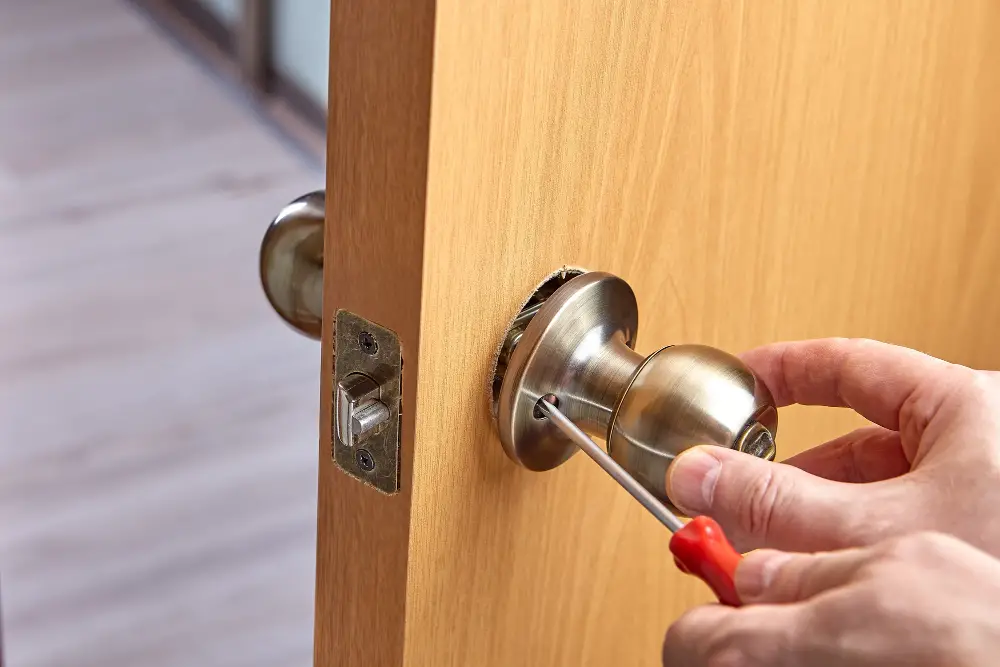
Starting with the exposed side, unscrew the mounting screws found on the plate which secures the door knob to the door. Carefully pull out both halves of the knob from each side of the door.
Once removed, take out the latch plate, making sure to note its original orientation. Proceed by lifting out the latch assembly. Remember, storing these pieces in a designated area will make reassembly much smoother.
Use this opportunity to check for any worn-out or broken parts that might be causing unnecessary noise. Always refer to the manufacturer’s instructions for specific guidelines or unconventional dismantling steps.
Apply Lubricant to the Door Knob
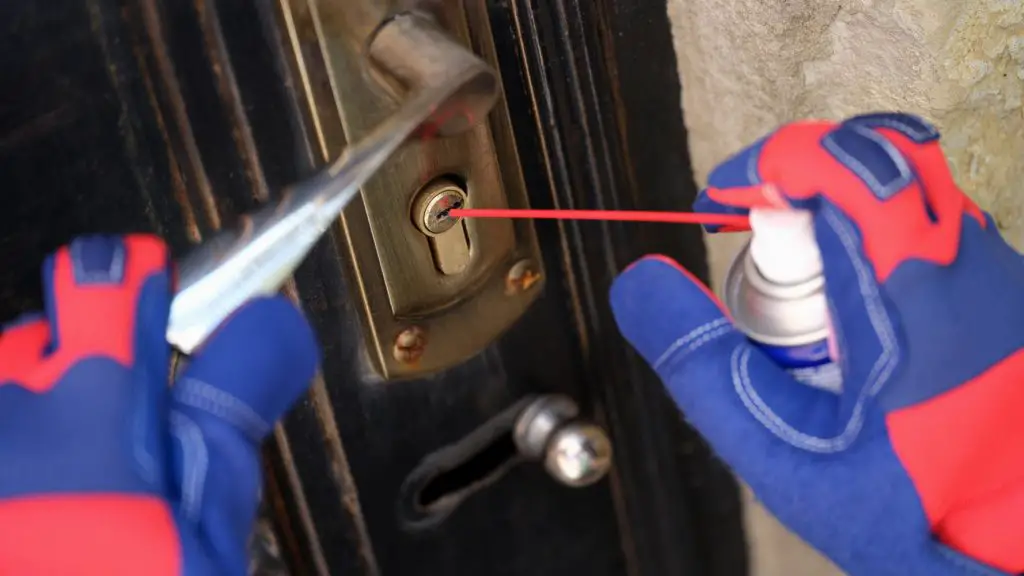
Before starting, ensure you have a lubricant designed for metal components–silicon-based lubricants, graphite lubricants, or Teflon-based products are the best. If your door knob has a latch, carefully squirt the lubricant into the keyhole. For a turning knob, you’ll want to get the lubricant in the seam where the knob spins. Rotate the knob several times to distribute the lubricant evenly, which will ensure a smooth operation and a significant reduction in noise. Careful application prevents the lubricant from spilling over and staining your door or floor.
Don’t forget the bolt mechanism that slides in and out of the door frame. It needs equal attention. Extend the bolt and apply a thin layer of your choice of lubricant. Contract and extend the bolt a few times to spread the lubricant uniformly. The squeaks should lessen after lubrication, providing you with a quieter experience.
Remember, over time and with use, the lubricant will wear off. It is good practice to repeat this process every six months to maintain a quiet and smooth door knob operation. Always clean off any extra lubricant to maintain cleanliness and prevent any potential staining.
Clean Each Part of the Door Knob and Apply Lubricant Individually
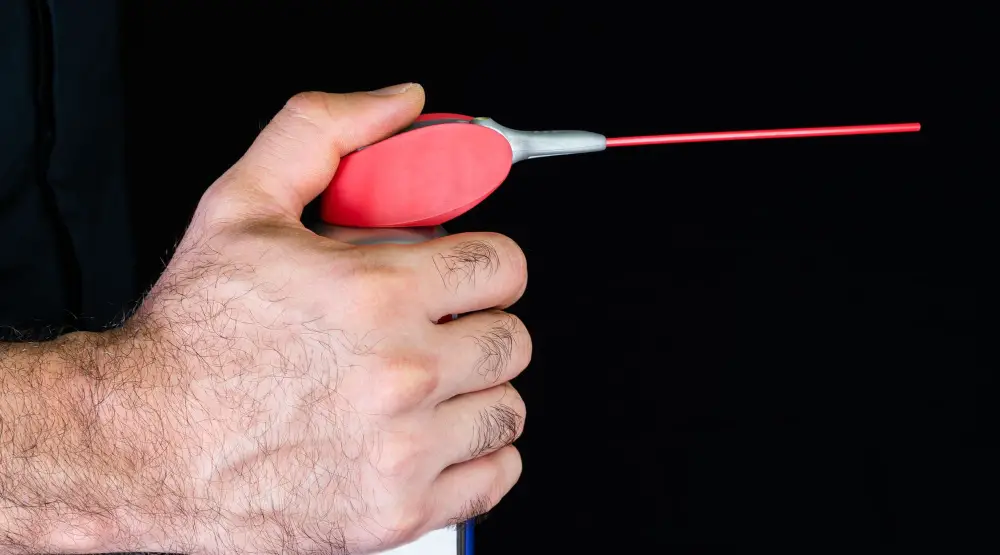
Begin by dismantling the knob comfortably over a towel or tray to prevent losing any tiny components. Grasp every fraction from the knob to the spindle rod, giving them a thorough wipe down to remove dirt or dust that could be contributing to the squeaky noises.
Now ready your lubricant—silicone-based would be ideal due to its superior viscosity and water-resistant properties. Apply sparingly to each element, focusing on the areas of friction between the parts. Be meticulous not to over-lubricate as it may attract more dust over time and lead to the recurrence of noise.
Remember, taking time to individually clean and lubricate each component ensures that the operation of your door handles remains smooth and, most importantly, quiet.
Investigate Screws, Hinges, and Metal Plates Related to the Door Knob
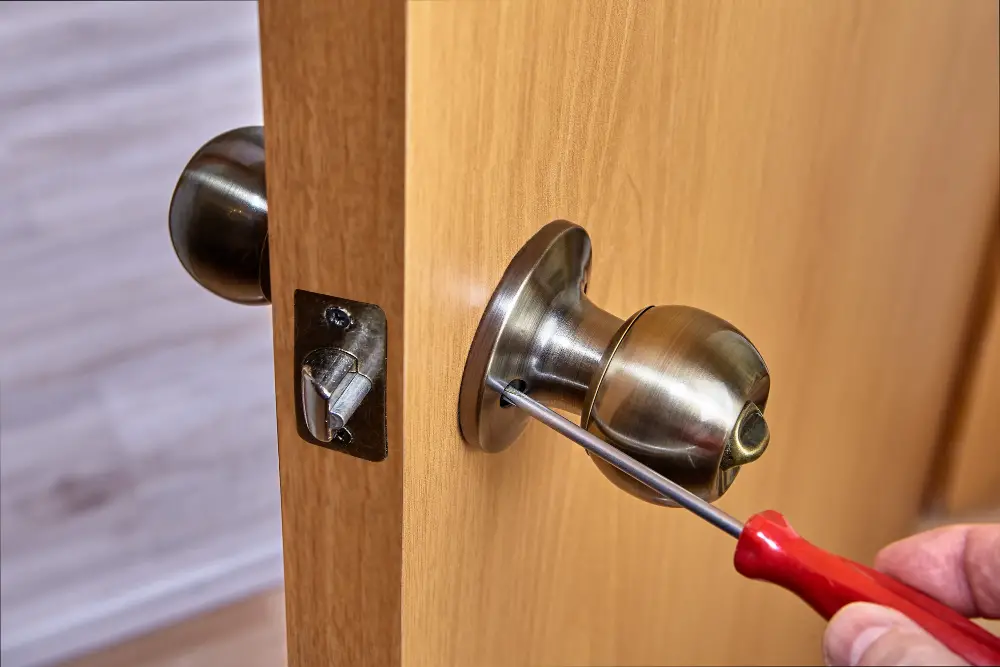
If your door knob continues to make noise despite lubrication, it’s time to examine the screws, hinges, and metal plates. Loose screws can cause a rattling sound when the door is used. Tighten these using a screwdriver until secure, but be careful not to over-tighten as this can strip the screw holes or damage the door.
Hinges may also be a source of noise, especially if they’re rusted or misaligned. Apply a bit of lubricant and cycle the door open and closed to work it in. If the noise still lingers, you might need to replace the hinges.
The metal strike plate, the part that the latch slides in and out of, can sometimes cause noise if it’s poorly fitted in the door frame. Check the alignment and adjust as necessary. If it looks worn out or damaged, it’s best to install a new one. Be sure to choose a sturdy, high-quality strike plate to minimize future noise issues.
Align Door Knob’s Metal Plate
Aiming for the perfect alignment is important to reduce the noise. First things first, screw the metal plate in place, ensuring it’s straight. Misalignment will result in a cacophony when the latch and the plate meet. Using a screwdriver, gently tighten the screws one by one. Be cautious about not overtightening which can, surprisingly, exacerbate noise.
Next, observe the latch-entering space. If it’s too far away from the edge, noise is inevitable. Adjust it by carefully loosening the screws, shifting the plate closer to the edge, and then retightening the screws. This change can significantly reduce the noise from your door knob’s operation. A well-aligned door plate works in harmony with the other elements to ensure a silent door knob.
Remember to check if the edges of the plate are flush with the door. Irregularities can cause knotting which will further create unwanted sound. A level ensures an ideal alignment. Get this aspect right, and you’re well on your way towards a quieter door knob operation.
Check and Repair Any Noise Issues With the Deadbolt and Deadlatch
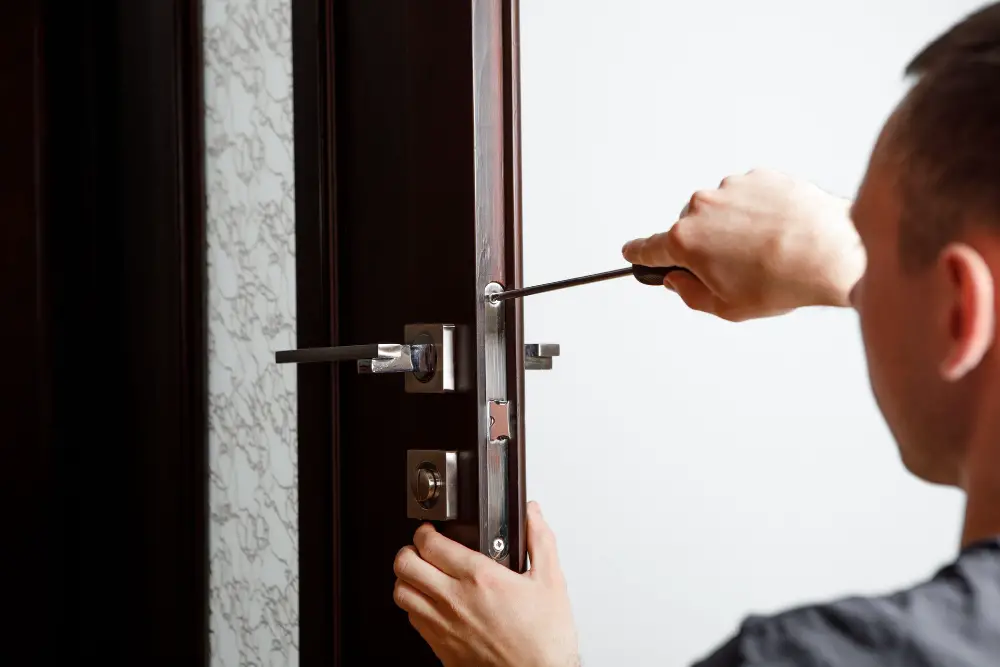
Once you’ve focused on the knob and hinges, the deadbolt and deadlatch also demand attention. They can be a source of noise, clanging against the strike plate with every use. Feel for any grinding or resistance when operating. If any is found, it might be a sign of rust or grime build-up. A quick solution is to apply a lubricant, such as graphite or silicone spray. Be careful not to use oils as they can attract dust over time, leading to a sticky latch.
Furthermore, ensure both the deadbolt and deadlatch align with the strike plates perfectly when the door is closed. Misalignment can cause a loud scraping noise which can be eliminated with minor adjustments to the plate’s position.
Apply Foam Tape or Rubber On the Door Frame for Noise Dampening
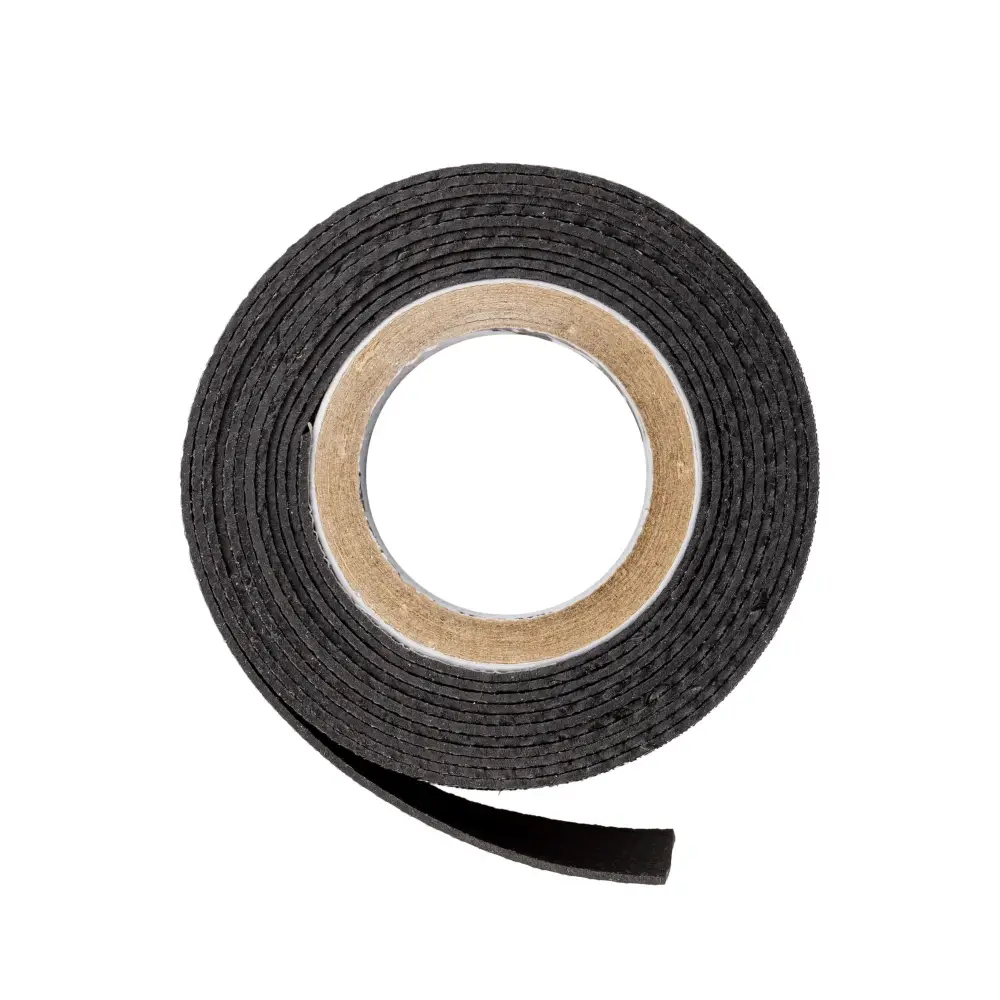
First, make sure the door and frame are clean and dry before you proceed. Foam tape, with its good shock absorbency, is quite helpful in lessening noises. Measure the door frame carefully and cut pieces of the tape according to your measurements. It can then be attached around the inner edge of the door frame.
If you choose to use rubber strips, they work best on the sides and top of the door frame, where they create a soundproof seal when the door is closed. Like foam tape, measure the strips accurately before applying them. It’s crucial for them to be flush with the door when it’s closed to effectively reduce noise.
Always ensure that your door can still close properly after application. If not, consider using thinner tape or rubber or repositioning it to a spot that still allows the door to close completely. This simple yet effective method could drastically reduce the noise your door makes when closing, thereby promoting a quieter home environment.
Use Door Latch Cover for Sound Reduction
When it comes to reduction of sound caused by door operation, a door latch cover can prove highly beneficial. This tool essentially envelopes the latch, acting as a buffer and minimizing noise when the door latches onto the frame.
Installing a door latch cover is a simple process. Generally, they are designed to easily slide over your door latch. No special tools are needed, it’s a quick fix that does a great job in reducing noise.
Door latch covers come in various materials like plastic or rubber. While both are effective, rubber offers better sound insulation but might be slightly more expensive.
Remember, it’s important to make the right choice, keeping in mind the frequency of door usage and your desired level of sound reduction.
Explore the Use of a Door Silencer for Additional Noise Mitigation
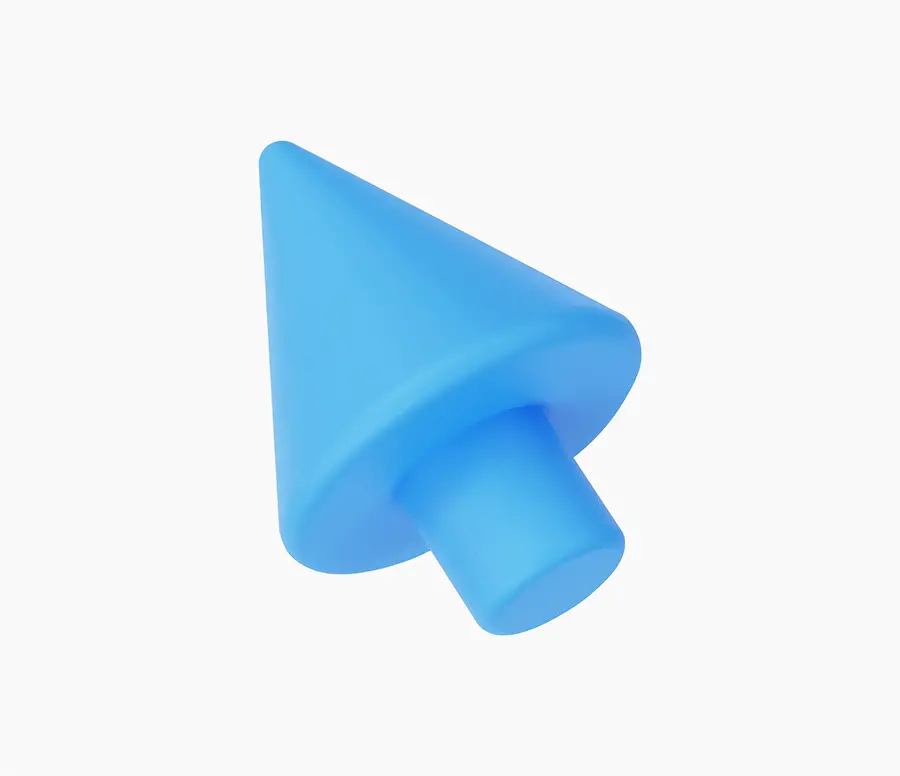
Door silencers offer a quick and easy solution when looking for additional noise reduction. These nifty devices effectively cushion the sound produced when the door latch hits the strike plate. They’re user-friendly and require no special installation skills. Simply affix the silencer around the latch to cushion the ‘click’ sound.
They function effectively on most types of doors and also limit the door’s vibration. Particular materials to consider include silicone and rubber, both known for their sound-absorbing qualities. Ensure to check compatibility with your door’s design before purchasing.
Once Quiet, Reassemble the Door Knob With Care
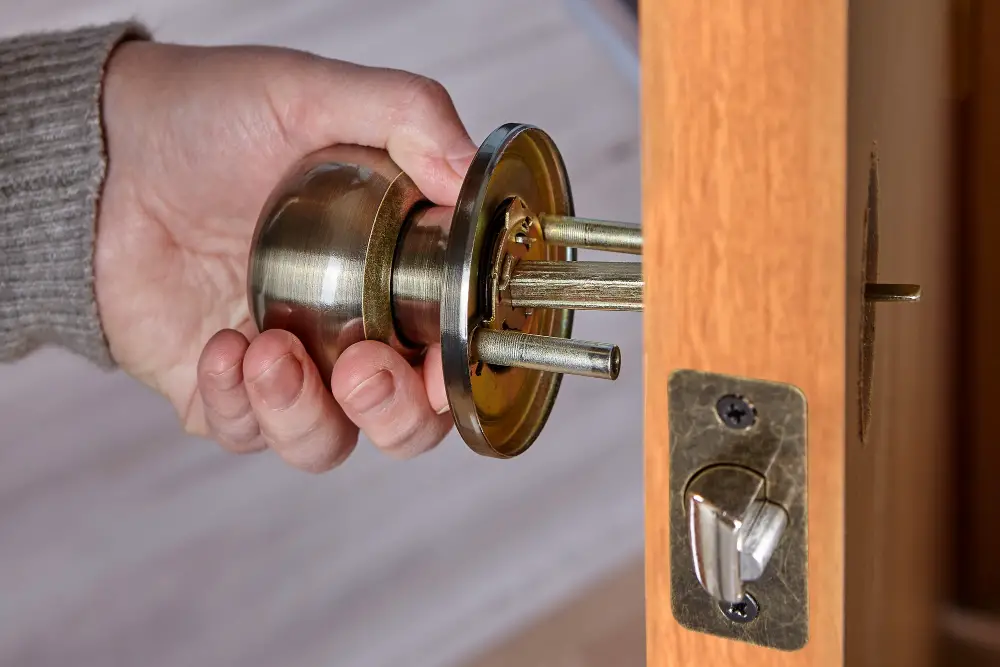
Now that the door knob is silent, it’s time to put it back together meticulously. Start by reconnecting the latch mechanism in the proper orientation; the curved part should face the frame strike plate.
Replace the door knob halves, ensuring that they align correctly with the latch mechanism. Only then screw the parts back together, but refrain from over-tightening to avoid metal strain that could generate noise.
Check the functionality of the knob by firmly turning it and listening for any unwanted sounds. Minor adjustments may be needed to perfect the silent operation.
As you step back to admire the quiet door knob, remember – careful reassembly is the key to maintaining the peace and quiet.
FAQ
How do you make a door knob quiet?
To make a door knob quiet, you can spray the latch with a metal lubricant like WD-40, turning the door knob as you apply it to ensure the lubricant reaches all components, and consider adjusting the strike plate on the door jamb if necessary.
Do they make quiet door knobs?
Yes, they do make quiet door knobs specifically designed to reduce noise generated from opening and closing doors.
Why is my door latch so loud?
Your door latch is likely loud because the latch bolt is slamming into the strike plate, a noise you can avoid by turning the handle in advance as you close the door.
What materials can be used to make a door knob quieter?
Silicone, felt pads, and rubber washers are materials that can be used to make a door knob quieter.
How can the alignment of a door knob affect noise levels?
Improper alignment of a door knob can increase noise levels as it might cause the door to creak or the knob to jangle when used.
Are there specific door knob brands known for quiet operation?
Yes, brands such as Schlage and Kwikset are renowned for manufacturing door knobs with quiet operation.
